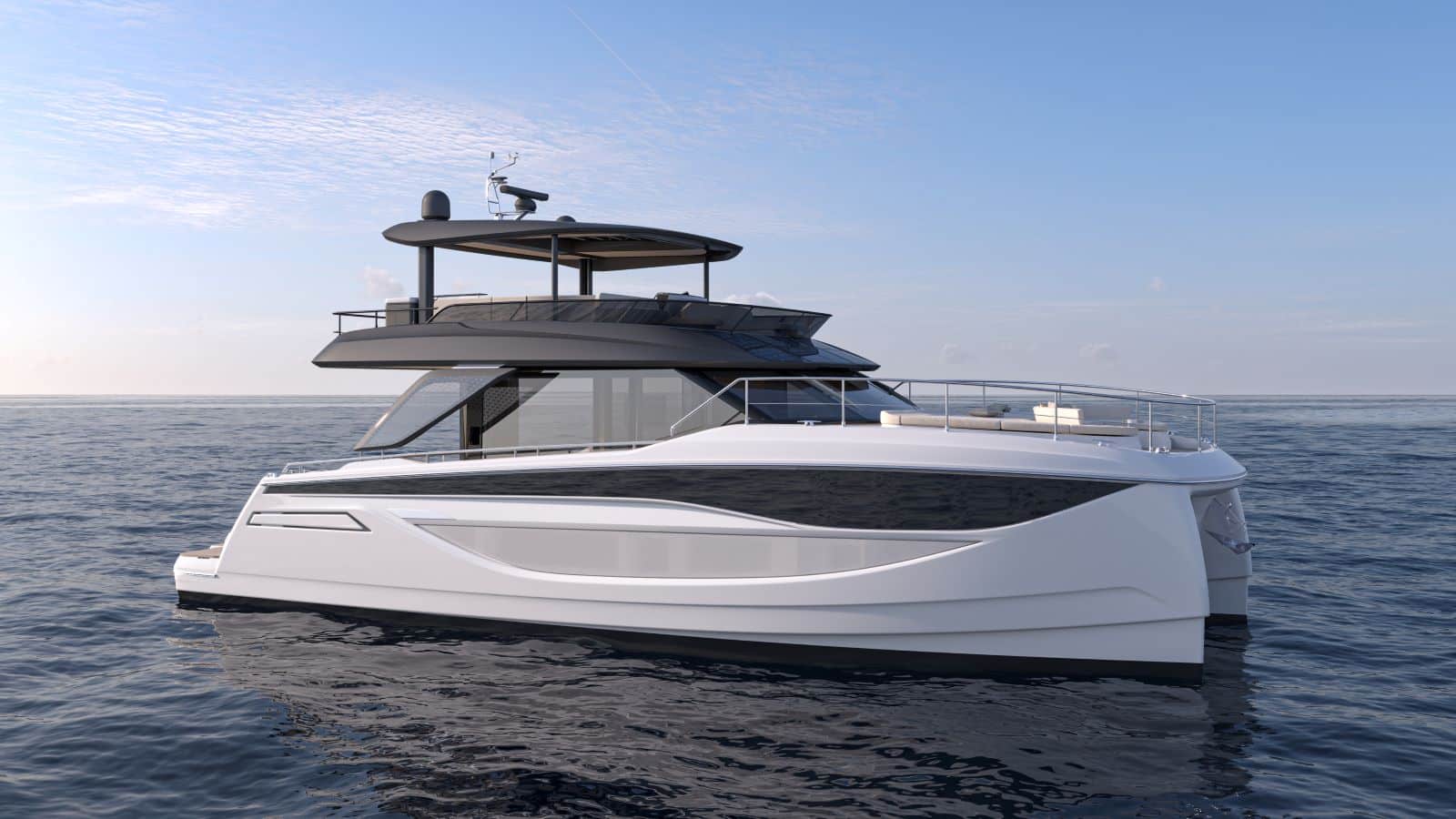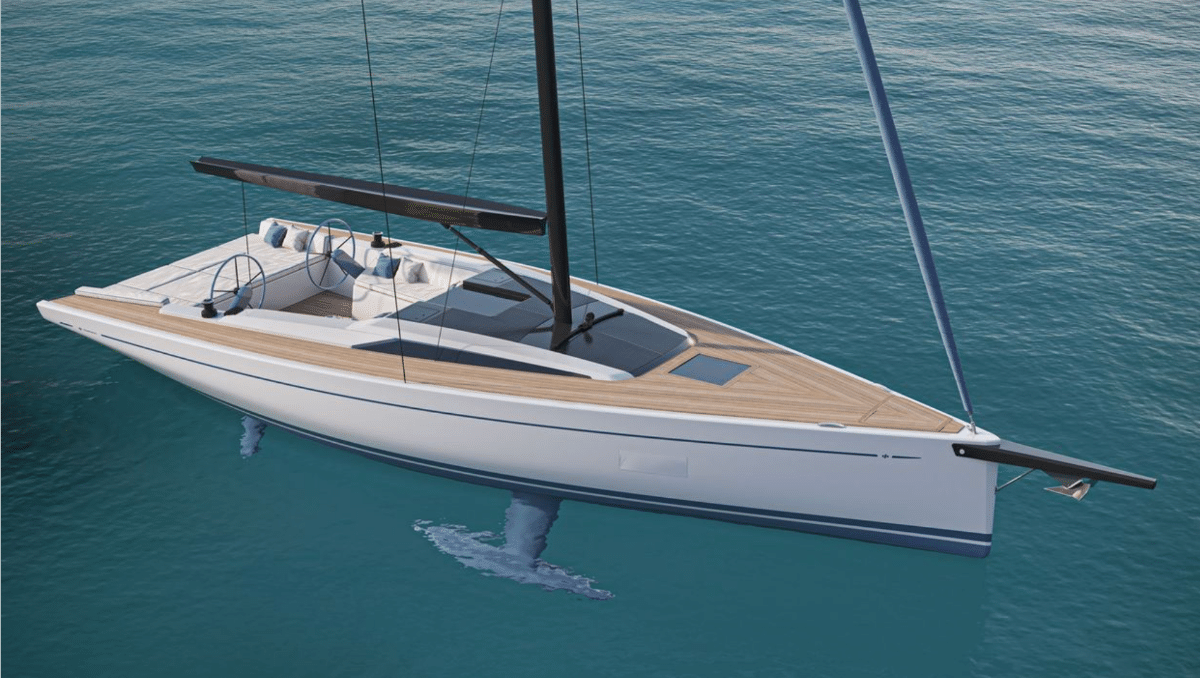Mooring plagues captains and skippers of all kinds. Let’s see how to perform the right manoeuvres, anticipate the unexpected and, above all, stay calm.
Mooring manoeuvres are a crucial moment in which the crew’s ‘toughness’ and the character of the person in charge are truly revealed. Swearing and cursing, primitive shouting at each other, all this when the boat may be pulling into port. Not to mention that tense moments on board are experienced in confined spaces and it is difficult to hide or dodge. We are all familiar with the terror of damaging a boat, which we often do not own for the simple reason that we have chartered it.
It is a combination of (negative) forces that generate a state of anxiety we would gladly do without. And, as the old sea dogs say, after one mistake there is always another. Better watch out, then. Mooring manoeuvres are also the test par excellence of every good sailor, who is often judged on how he or she performs in these difficult situations. And, in fact, we may have logged thousands of nautical miles, but it only takes one wrong berth to damage our reputation over time. Hence the question.
We have seen in various articles which mooring techniques can be evaluated for side mooring, with a cross wind, that pushes us to the quay or that moves away, with current, and many other methods. But be careful, the intention here is always to provide information that should be taken critically, because each manoeuvre differs from the next, even if it is done on the same boat or in the
Today we’ll discuss the technical aspects from a different point of view, namely from the psychological side of mooring, which is of great interest to them. Specifically, we see how to keep our nerves steady and not go crazy. Then we’ll define the right strategies to adopt in order to reduce the infamous anxiety and consequently remain clear-headed by limiting errors.
A general rule, from which all the other observations derive, concerns the need to be prepared: know the boat and the place where you will be mooring, prepare the equipment, prepare the crew, if possible, choose the easiest solution. Not to improvise on the spot, but to be certain that you have prepared everything calmly, is an option that radically changes our approach and greatly reduces the level of anxiety.
Assessing the mooring to calm down (first)
Let’s start with the boat, familiarising ourselves with some of its basic reactions. Whether it is a sailboat, a motorboat or our own boat that we know well, before manoeuvring towards the quay we must check the responses it gives us. We assess everything if possible in restricted waters, or at least with reference points close by. How does it makes headway what evolutionary effect does the propeller impart in reverse. Check, by doing a 180 degree turn, how it approaches with slow motion. How it reacts by striking reverse and forward, trying to make it rotate on its axis. And finally, let’s take into account the effect that the wind exerts on the dead work when it is crosswind.
Now, we can prepare the boat for mooring. This does not just mean having the mooring lines and wings ready. This is the bare minimum. The deck: let’s keep it tidy, free of inappropriate hazards such as towels, glasses, cream packs and slippers. In the cockpit it is very useful to have a portable VHF to communicate with the marina for instructions and assistance. Anything hanging from the drapes should be removed for more than one reason: we risk getting it dirty with the traps and it is not decent to arrive at the berth with your underwear hanging down. What’s more, everything that’s hanging down helps to resist the wind and increase its undesirable effects on the boat. For the same reason, in windy conditions it is better to close the bimini and spray hood, which also restrict visibility.
Let’s take a look at the spot where we are manoeuvring first. If we already know it, it is perfect for us, but if not, it is better to refer to pilot books or study the pictures on the Internet. Based on the weather conditions, if there is a choice, we try to head for a windward quay, with the wind blowing as little as possible across our beam.
Let’s prepare our crew. The confusion that a skipper can generate by giving many confused and contradictory orders is unimaginable. If he then gets angry and starts shouting at the natural inability of his crew to translate his delusions into manoeuvres, the bomb is primed and will explode in front of a packed audience on the quayside who are waiting for nothing else.

First of all, therefore, it is important to identify the people who can take our orders. Before entering port, we explain in detail what position they are to take and what their role is by explaining clearly what we are going to ask them to do. If necessary, we show concretely what positions to take and what to do by simulating movements. Then, when it comes to action, we must give clear orders, in sequence, clearly indicating who must do what. By crew we also mean the rest of the guests on board. If possible, for the few minutes between entering port and docking at the quayside, they should not wander around the deck, obscuring the view and causing confusion. In short, they should sit in the cockpit or below deck, so as not to use trivial expressions.
Prepare ourselves psychologically and with great British pragmatism. Only the naive will not change their minds, but twisting a manoeuvre at the last moment, perhaps when the wind is blowing, is never the best thing to do. So let’s study the cards well, let’s define clearly in our head the sequence of actions, how to approach the berth, how to exploit the evolutionary effect of the propeller, how to counteract the effect of the wind or, if necessary, how to suffer it in our favour. And let’s not forget to predict which line we will put ashore first or which one we will catch.
Once everything is clear in our heads, we just have to proceed. And we must always remember that we are the ones who are in charge, and we must always remember that we are the ones who are in charge. And always remembering that we are responsible for the manoeuvre and that it is up to us to make the final decision.


























